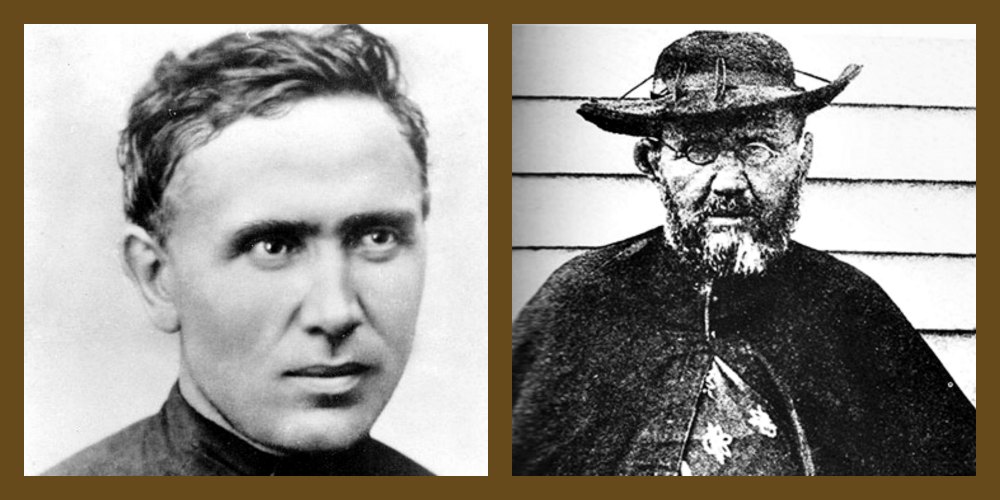Hawaii History:
(from “History of the Catholic Mission in the Hawaiian Islands” by Father Reginald Yzendoorn, SS.CC., Honolulu Star-Bulletin Ltd., Honolulu, Territory of Hawaii, 1927)
(continued from May 30th)
There is nothing in the traditions concerning Paao and Pili that indicates a Samoan origin. On the contrary the unanimous affirmation of all witnesses to Hawaiian tradition, by calling him a “haole” and a white man, expressly precludes the hypothesis of a Samoan origin.
Whatever may have been the relationship Paao and Pili, nothing suggests that they did not belong to the same nationality. Now we have seen Pili conversing fluently, to the great astonishment of the Hawaiians, with a party of white men, who paid a passing visit to the islands about the middle of the sixteenth century or perhaps a decade or two later. That both Pili and the Manahini party were really white men, i.e. Europeans, receives an additional affirmation from the use of the white flag as an emblem of peace. Throughout Polynesia young banana trees and ti-plants were used for that purpose; they made use of white flags indeed, but only as signs of the taboo. It is true King mentions the use of white pieces of cloth together with banana-leaves and green branches as symbols of truce by the Hawaiians; it is also reported that instances of white flags used as peace signals by the inhabitants of New Zealand and Tonga-tabu in the year 1642; but in all these cases the natives used them in their relations with Europeans from whom probably they had learnt their meaning.
(to be continued)
Blessings, pono and pule!
Fr. Brian Guerrini, ss.cc.
Priest
Molokai
